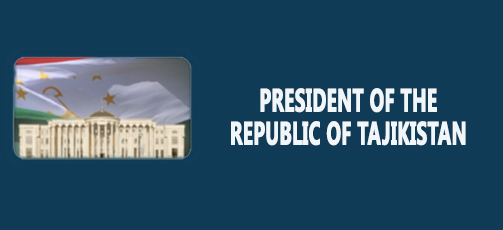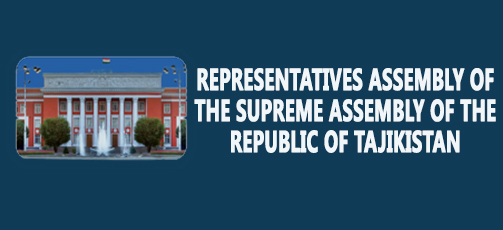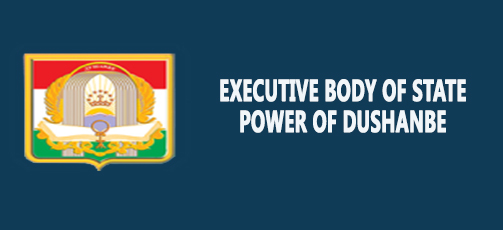Tajikistan Celebrates Shashmaqam Day

DUSHANBE, 12.05.2020. (NIAT Khovar) – Each nation has its own history and culture, which opens up an immense world to humanity. Music is a language that everyone understands. Shashmaqam, which translates as six (shash) modes (maqam), is the musical heritage of the Tajik people, which has very deep roots and extensive centuries-old poetic and musical culture that continually attracts the attention of researchers, from both theoretical and historical aspects.
On 7th November 2003, Shashmaqam was included in the representative list of the UNESCO’s Representative List of the Intangible Cultural Heritage of Humanity. Tajikistan has dedicated a separate date to this unique art, called Shashmaqam Day, which is celebrated on May 12. The date is aimed at preserving, enhancing and popularizing the cultural heritage of Tajiks.
Although mass gatherings and concerts which customarily take place on this day have recently been cancelled, this art deserves special attention.
“Shashmaqam is our world, our language, our culture and our essence. If the immortal creation of Firdavsi’s Shohnoma is the peak of creativity in the world of poetry, than the peak of creativity in the world of music is Shashmaqam. Shohnoma and Shashmaqam personify the heights of patriotic thought, honor, dignity, peace, harmony, struggle, selflessness, courage, knowledge of reason and wisdom, joy, fun, greatness, triumph, sorrow and emotional pain of the people. Its roots extend to the Aryan culture,” said President Emomali Rahmon.
Shashmaqam has been passed on to our time in the version in which it was known at the end of the 18th century in the Bukhara Khanate. It includes six multi-part vocal-instrumental modes or maqams called called Buzurg, Rost, Navo, Dugoh, Segoh and Irok, combining 252 classical melodies and named for the main frets of each composition. Lyrical poems (gazelles) of the Tajik-Persian classics such as Rudaki, Nosiri Khusrav, Omar Khayyam, Saadi, Hafiz, Kamoli Khujandi, Jomi, Hiloli, Zebuniso, Bedil and others served as texts for the vocal parts. Each mode consists of three large sections. The first is purely instrumental, the second and third sections are vocal. The long lyrics require exceptional memory and high professionalism from Shashmaqam singers.
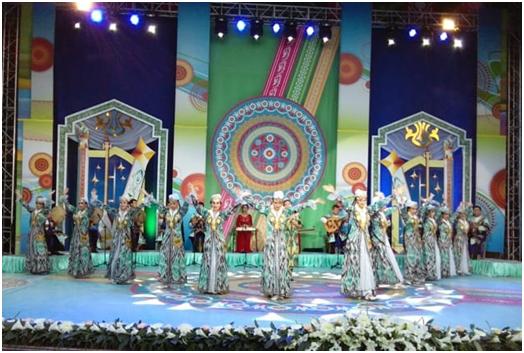 Renowned Bukhara singers and musicians include Bobo Jalol Nosirzoda, Bobo Giyos Abduganizoda, Domullo Halim Ibodov, Levi Babakhanov, Usto Shodi Azizov, and there are of course others such as Samarkand singer Khoja Abdulaziz Rasulov, Khujand singer Sodirkhon Bobosharifov and others. Many of them performed not only at festivals, but also at literary and musical gatherings, which were attended by creme dela crème of society and especially poets, writers, musicians and singers.
Renowned Bukhara singers and musicians include Bobo Jalol Nosirzoda, Bobo Giyos Abduganizoda, Domullo Halim Ibodov, Levi Babakhanov, Usto Shodi Azizov, and there are of course others such as Samarkand singer Khoja Abdulaziz Rasulov, Khujand singer Sodirkhon Bobosharifov and others. Many of them performed not only at festivals, but also at literary and musical gatherings, which were attended by creme dela crème of society and especially poets, writers, musicians and singers.
In Bukhara, literary and musical gatherings were held in the homes of Ahmadi Donish, an outstanding Tajik scientist, the founder of a new trend in public thought of the Tajik people in the second half of the 19th to early 20th century. Their participants were poets and musicians – all admirers of Shashmaqam. Among the participants in these meetings was also the young Sadriddin Ayni.
In Khujand, literary and musical meetings were held with the participation of enlightening poets. An indispensable participant in these meetings was the famous musician Sodirkhon, one of the prominent folk singers and famous theorists, classical Shashmaqam performer, and the founder of the Khujand performing school. Sodirkhon is also the author of numerous musical works, among which are the Ushshoki Sodirkhon, Dilkhurushi Sodirkhon, Ufari Sodirkhon, Gulyor, Shahnoz and others. The creativity of Sodirkhon and his artistic significance had a great influence on the development of the musical culture of Tajikistan and Uzbekistan.
The history of the formation of the Maqam system in Tajik traditional music is rooted in the time of the Sassanids. At that time, musical art was held in high esteem by the kings. It was included in the system of the most important intellectual values. However, only in the heyday of the Samanids did the first works,- the prototypes of modern modes or maqams, begin to appear. A vivid example is the fact that the great Abuabdullo Rudaki, the founder of Tajik-Persian classical poetry, composed and performed the famous ode about Bukhara in the fret Ushok, which is one of the sections of modern Shashmaqam.
In the musical culture of Tajikistan, Shashmaqam is a vivid personification of the centuries-old tradition of classical music that has been passed on to us. This was made possible thanks to the works of famous masters of Bukhara, Samarkand and Khujand schools, such as Domullo Halim, Khoji Abdulaziz, Sodirkhon Hofizi and others, as well as their students and followers — Fazliddin Shakhobov, Shokhnazar Sohibov, Bobokul Fayzullaev, who would author multi-volume works about all six maqams. Since 1947, per Ayni and Gafurov’s initiatives, Tajikistan began to publish a five-volume edition on Shashmaqam, which took 20 years to complete and for which they were awarded the prestigious Rudaki State Prize.
Despite the fact that a rather accurate musical fixation, as well as a tape recording of almost all maqams has been complete, Shashmaqam still retains its oral tradition, that is being transmitted from ustod to shogird, that is, from master to student.
It should be noted that the complexity of the genres and performing traditions of professional oral musical culture requires many years of training for singers and instrumentalists. Historically, musicians studied with the famous masters, each of whom had its own rules called risola. Everything was memorized “from the voice.” This form of transmission of musical traditions is an important condition for their existence.
The oral tradition of transmission is one reason for the locality specific features of the musical culture in various regions of Tajikistan and for the variety and numbers of schools and trends in the performing art of Shashmaqam. We can distinguish Bukhara, Samarkand, Khujand and Isfara styles of performance of maqams.
Since independence in 1991, much work has been done in the field of preserving and reviving Shashmaqam and restoring its social significance in Tajikistan.
The government and President Rahmon have taken all possible measures in order to preserve and popularize this genre, including by organizing an international symposium (Isfara-2003), a festival (Dushanbe-2008), and contests dedicated to Shashmaqam.
Additionally, over the past years, Maqam Academy musicians participated in a number of international festivals, toured internationally, including in Uzbekistan, Kazakhstan, Kyrgyzstan, Russia, Israel, China, India, Pakistan, Iran, Syria, Turkey, Greece, France, Germany, Great Britain, Sweden, Switzerland, Belgium, Holland, USA.
These facts testify to the development of Shashmaqam not only in Tajikistan, but also beyond its borders.










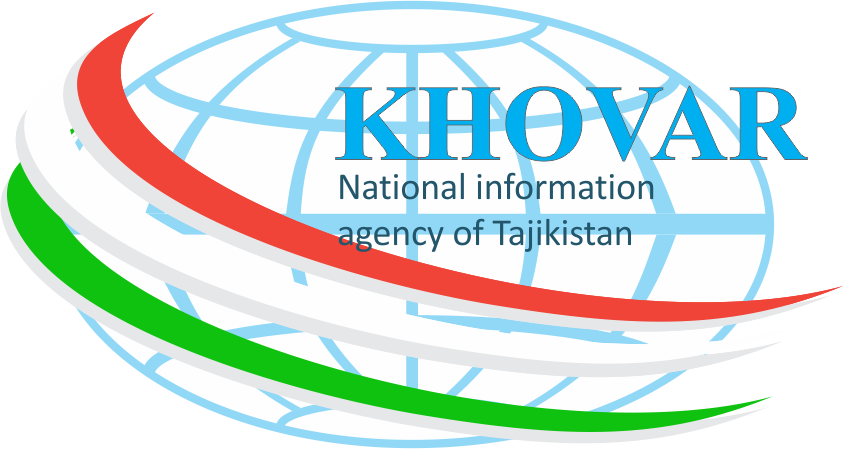
 Tajikistan to host Chinese Culture Days
Tajikistan to host Chinese Culture Days National Museum of Tajikistan to Exhibit Artifacts at International Exhibition in China
National Museum of Tajikistan to Exhibit Artifacts at International Exhibition in China Filmmakers from 20 Countries to Participate in the International “Toji Somon” Film Festival
Filmmakers from 20 Countries to Participate in the International “Toji Somon” Film Festival Opening Ceremony of the Days of Mongolian Culture Held in Tajikistan
Opening Ceremony of the Days of Mongolian Culture Held in Tajikistan President of Mongolia Ukhnaagiin Khurelsukh Explores the History of the Tajik People at the National Museum of Tajikistan
President of Mongolia Ukhnaagiin Khurelsukh Explores the History of the Tajik People at the National Museum of Tajikistan Mongolian Culture Days to Take Place in Tajikistan
Mongolian Culture Days to Take Place in Tajikistan Ten New Historical and Cultural Sites Discovered in Tajikistan
Ten New Historical and Cultural Sites Discovered in Tajikistan Six Tajik Documentaries to Be Broadcast on Chinese Television
Six Tajik Documentaries to Be Broadcast on Chinese Television Tajikistan Submits Five New Nominations for Inclusion in the UNESCO World Heritage List
Tajikistan Submits Five New Nominations for Inclusion in the UNESCO World Heritage List Tajik Gymnasts Win 15 Medals at International Rhythmic Gymnastics Competition
Tajik Gymnasts Win 15 Medals at International Rhythmic Gymnastics Competition Tajikistan’s Contribution to Cultural Heritage Preservation in the Era of Globalization Presented in Kazakhstan
Tajikistan’s Contribution to Cultural Heritage Preservation in the Era of Globalization Presented in Kazakhstan









